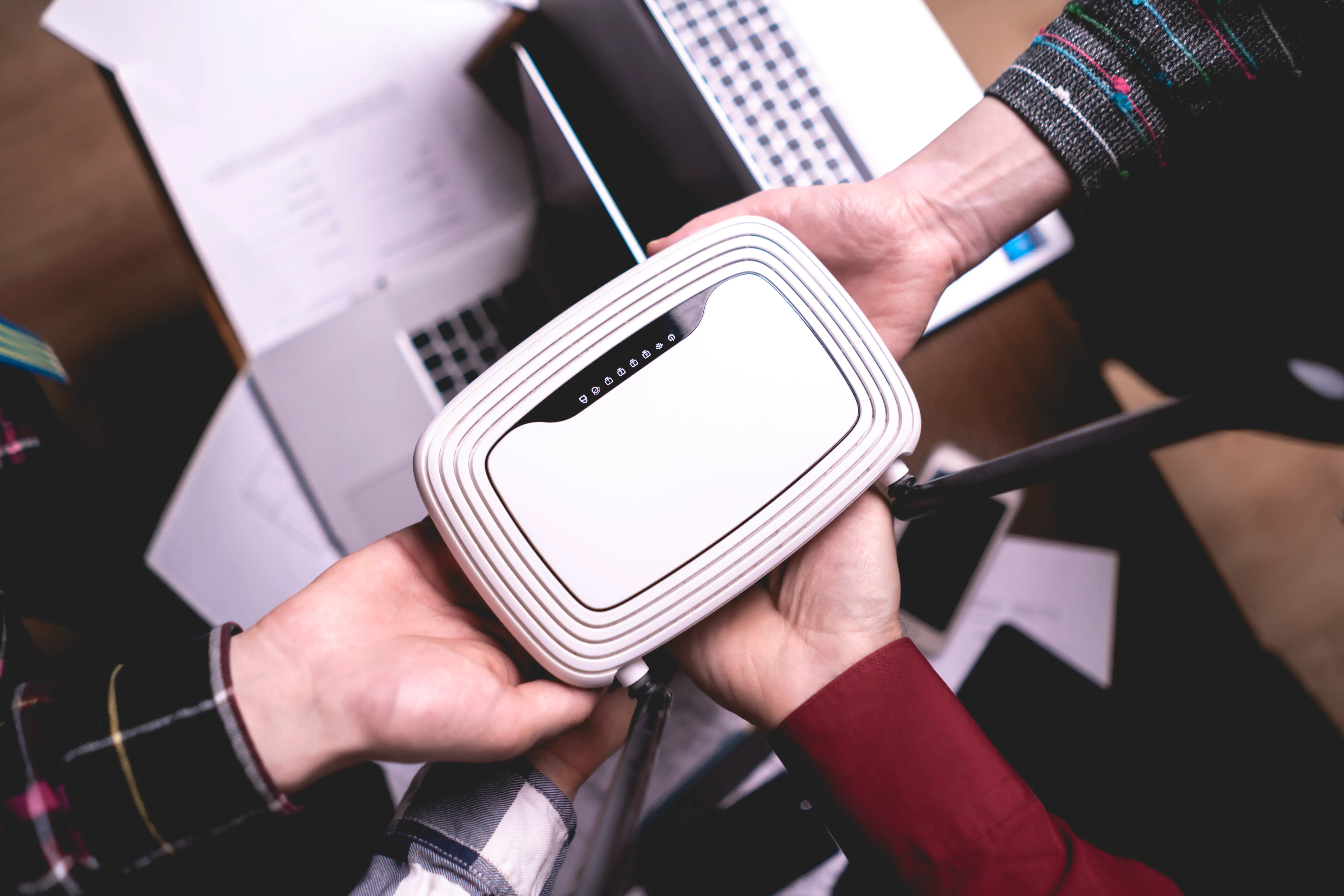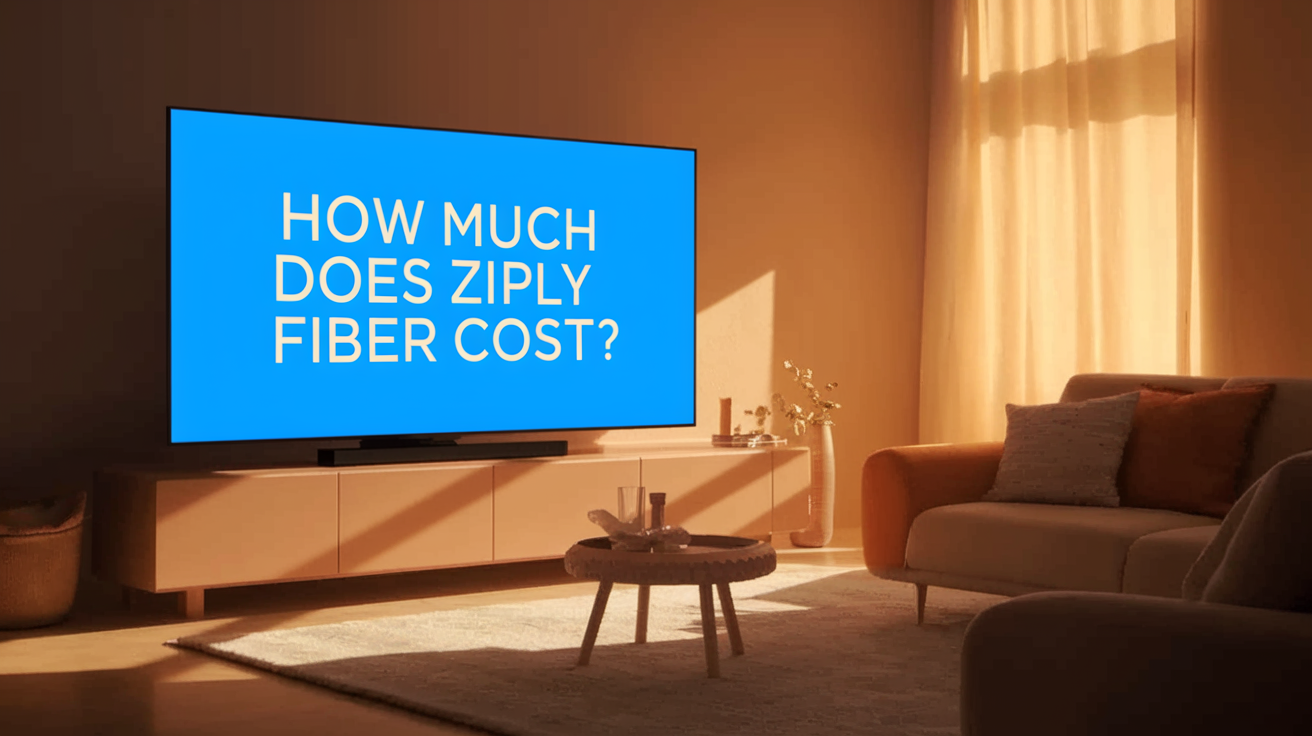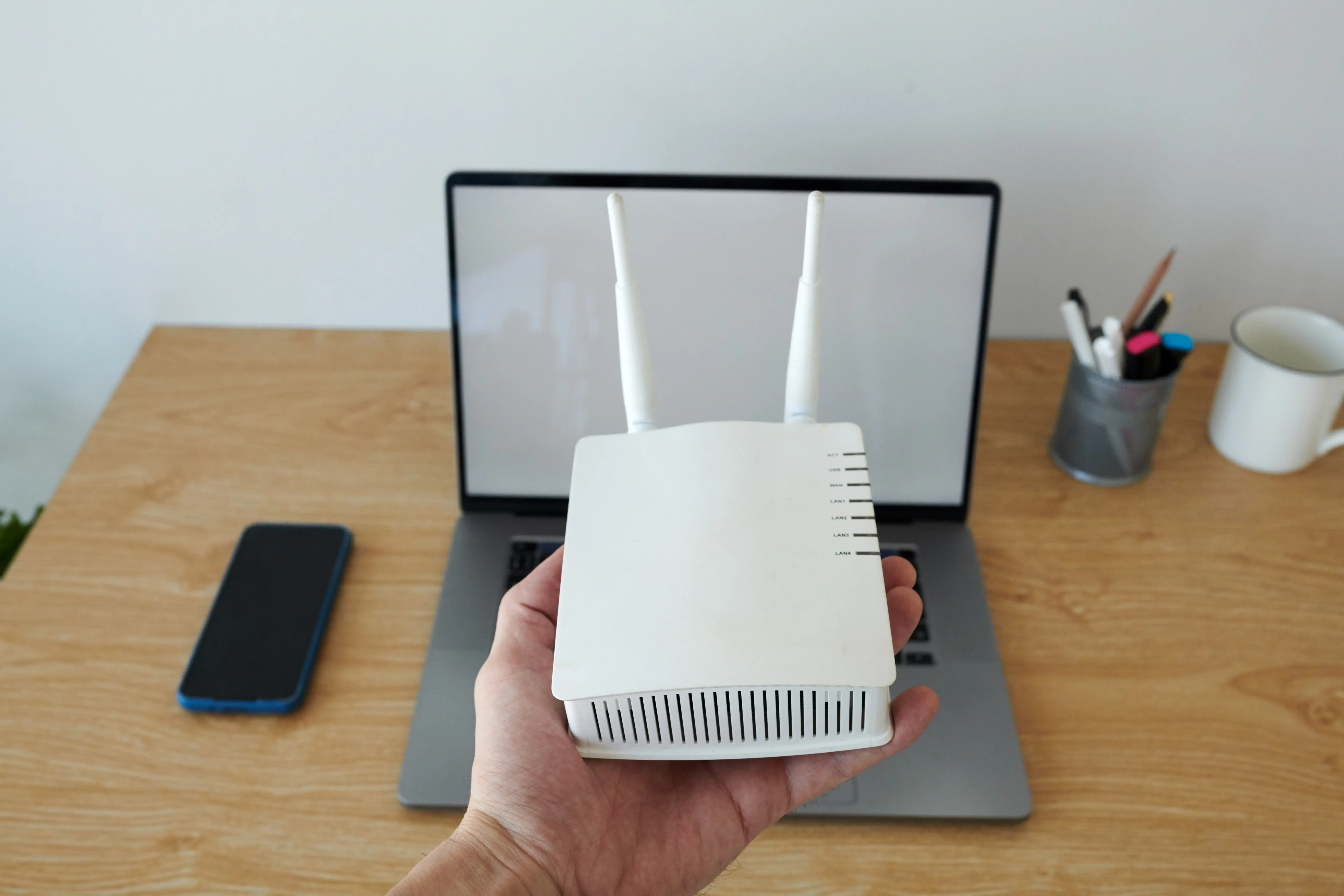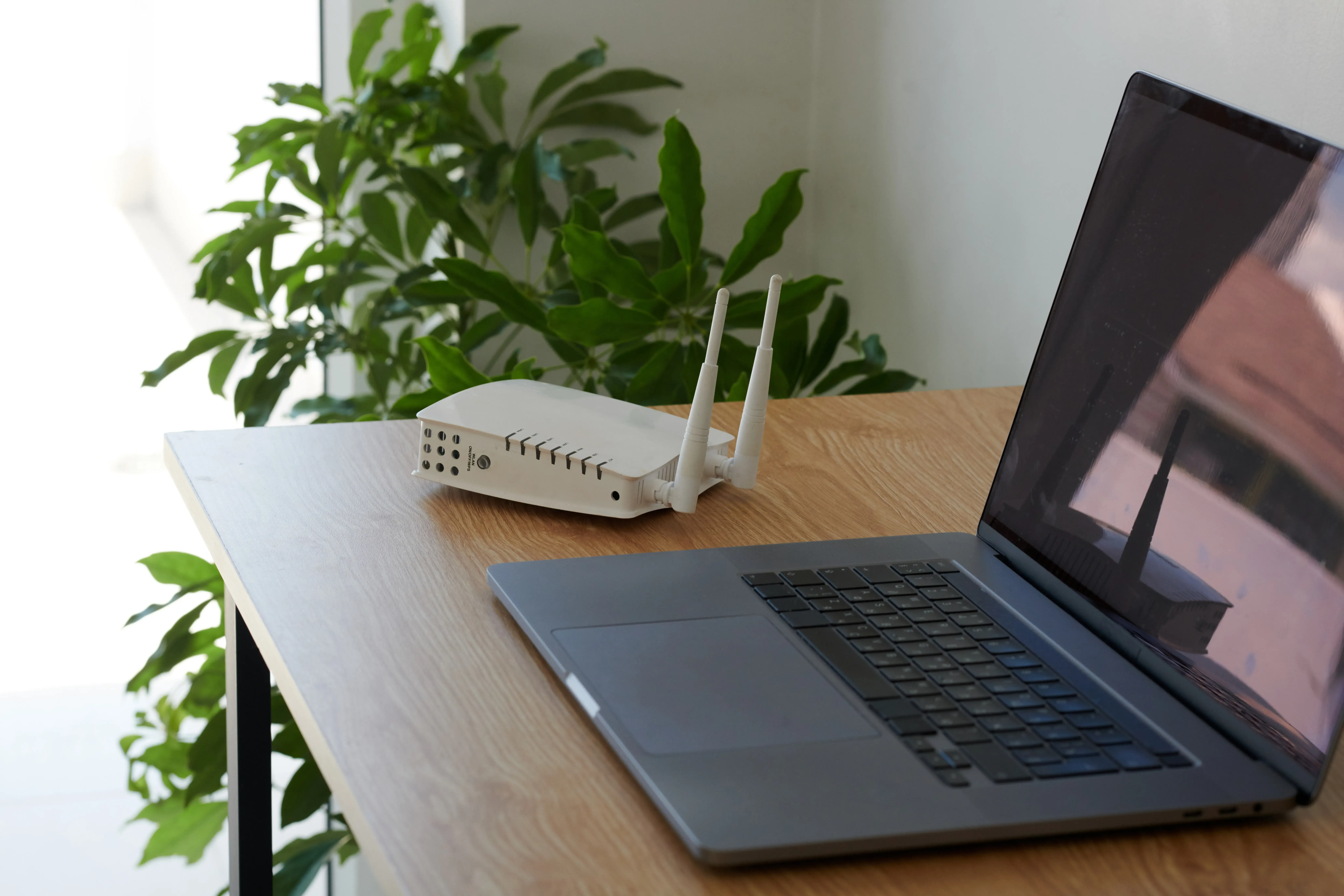Ziply Fiber Monthly Cost
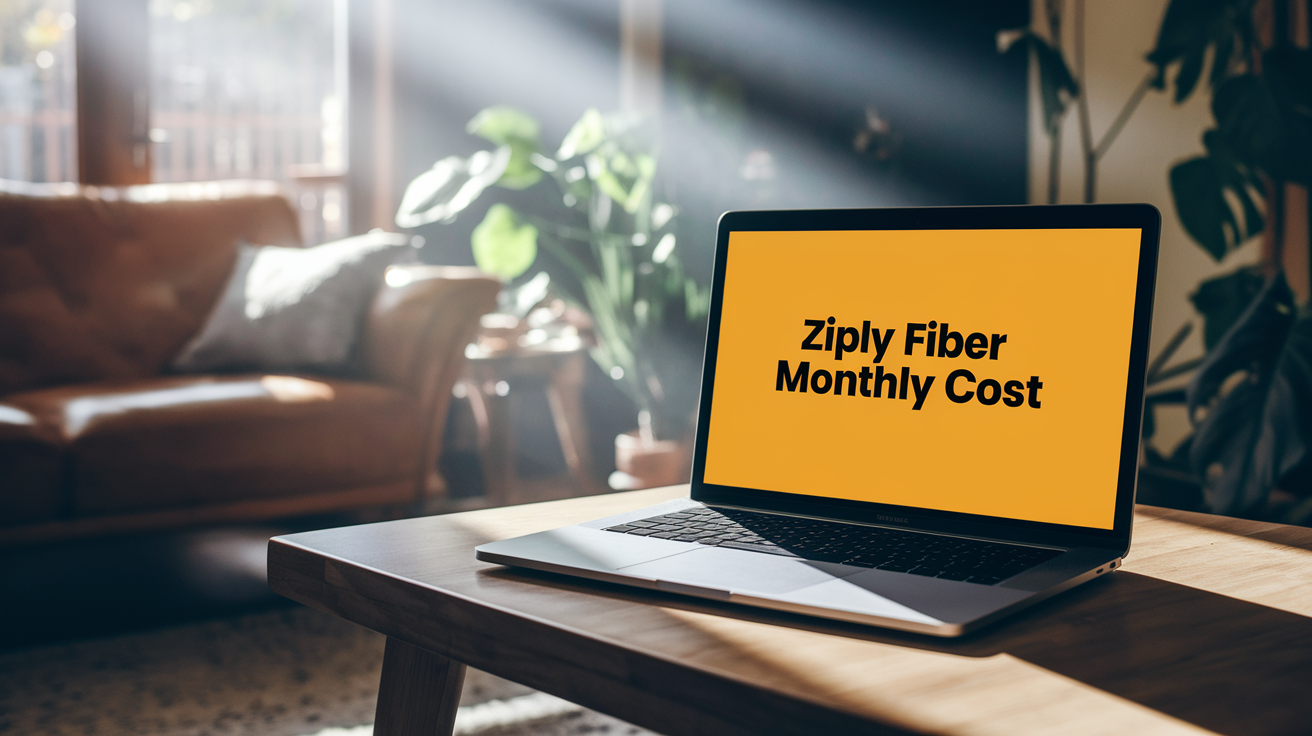
Understanding the Ziply Fiber monthly cost is crucial for anyone considering their high-speed internet options. This guide breaks down the pricing, explores available plans, and highlights factors influencing your final bill, ensuring you make an informed decision for your home or business in 2025.
Understanding Ziply Fiber Pricing: What to Expect in 2025
In 2025, Ziply Fiber continues to position itself as a compelling option for high-speed internet, particularly in its service areas. The core of its appeal often lies in its transparent pricing and commitment to fiber-optic technology. When you search for "Ziply Fiber monthly cost," you're likely looking for straightforward answers about what you'll pay. Ziply Fiber generally aims to simplify this by offering advertised prices that are closer to the final cost, often without the notorious data caps or aggressive price hikes seen with some cable providers. However, like any service, there are nuances. Understanding the base plan prices, potential fees, and the impact of promotions is key to accurately estimating your monthly Ziply Fiber bill.
Ziply Fiber Plans and Costs: A Detailed Breakdown
Ziply Fiber offers a tiered structure of internet plans, primarily differentiated by speed. The beauty of fiber optics is that higher speeds generally translate to a smoother, more responsive online experience, whether you're streaming 4K video, gaming online, or managing multiple connected devices. The Ziply Fiber monthly cost will directly correlate with the speed tier you select. It's important to note that availability of specific plans can vary by location, so always check Ziply's website for the most accurate information for your address.
Basic Fiber Plans
For households with more modest internet needs, Ziply Fiber offers entry-level fiber plans. These are ideal for basic web browsing, email, social media, and standard-definition streaming on one or two devices. While Ziply is known for its higher-speed offerings, these plans provide an affordable entry point into the world of fiber internet.
In 2025, you might find plans in the range of 100 Mbps to 300 Mbps. The exact monthly cost for these plans typically hovers between $40 and $60. These prices are often advertised as introductory rates and may be subject to change after an initial promotional period, though Ziply generally aims for greater price stability than competitors. These speeds are more than sufficient for a single user or a small family with light internet usage.
- Speed: Typically 100 Mbps - 300 Mbps download and upload.
- Ideal for: Basic web browsing, email, social media, standard streaming, occasional video calls.
- Estimated Monthly Cost (2025): $40 - $60 (before taxes and fees).
These plans are designed to be budget-friendly, offering a significant upgrade from DSL or slower cable connections without breaking the bank. The symmetrical upload and download speeds inherent to fiber technology mean that even these basic plans offer a superior experience for video conferencing and uploading files compared to non-fiber alternatives.
Gigabit Fiber Plans
The sweet spot for many users, Ziply Fiber's gigabit plans offer a substantial leap in speed and performance. With speeds of up to 1 Gbps (1000 Mbps) download and upload, these plans are perfect for households with multiple users, heavy streaming habits, online gaming, and frequent large file downloads or uploads. The Ziply Fiber monthly cost for these plans is where the value proposition of fiber truly shines.
In 2025, Ziply Fiber's gigabit plans are often priced competitively, typically ranging from $60 to $80 per month. These prices are frequently advertised as fixed for a certain period, offering a degree of predictability. The symmetrical nature of fiber means that upload speeds are just as fast as download speeds, which is a game-changer for activities like live streaming, video conferencing with high quality, and backing up large amounts of data to the cloud. This makes a gigabit plan a robust choice for remote workers and content creators.
- Speed: Up to 1 Gbps (1000 Mbps) download and upload.
- Ideal for: Multiple users, 4K streaming, online gaming, large file downloads/uploads, remote work, smart homes.
- Estimated Monthly Cost (2025): $60 - $80 (before taxes and fees).
The jump from a basic plan to a gigabit plan is noticeable, especially in a busy household. The ability to have many devices online simultaneously without experiencing slowdowns is a significant benefit. For those who rely heavily on their internet connection for work, entertainment, or education, the investment in a gigabit plan is often well worth it.
Ultra-Fast Fiber Plans
For the most demanding users, Ziply Fiber offers plans that go beyond gigabit speeds. These ultra-fast tiers, often reaching 2 Gbps, 5 Gbps, or even higher, cater to businesses, power users, and households with an extreme number of connected devices or exceptionally high bandwidth requirements. The Ziply Fiber monthly cost for these top-tier plans reflects the cutting-edge technology and immense capacity they provide.
As of 2025, these premium plans can range from $90 to $150 or more per month, depending on the exact speed tier and region. These plans are not just about speed; they are about providing unparalleled performance and capacity for future-proofing your home or business network. They are particularly beneficial for environments with many smart home devices, extensive cloud backups, or professional creative workflows that involve massive data transfers.
- Speed: 2 Gbps, 5 Gbps, or higher download and upload.
- Ideal for: Businesses, power users, very large households, extensive smart home ecosystems, professional content creation, future-proofing.
- Estimated Monthly Cost (2025): $90 - $150+ (before taxes and fees).
These plans are a significant investment, but for those who truly need the absolute fastest and most reliable internet connection available, they offer an unmatched experience. The capacity provided by these speeds ensures that even the most bandwidth-intensive tasks are handled with ease, eliminating bottlenecks and ensuring seamless operation for all connected devices and applications.
Factors Influencing Your Ziply Fiber Monthly Cost
While the advertised monthly price for a Ziply Fiber plan is a good starting point, several other factors can influence your final bill. Understanding these elements will help you avoid surprises and accurately budget for your internet service. Ziply Fiber, like most ISPs, has a pricing structure that includes more than just the base speed tier.
Installation and Activation Fees
When you first sign up for Ziply Fiber service, you may encounter one-time fees for installation and activation. These fees cover the cost of setting up your service, running fiber lines to your home if necessary, and configuring your equipment. In 2025, Ziply Fiber often offers promotions that waive these fees, especially for new customers signing up for higher-tier plans or during specific promotional periods.
However, if these fees are not waived, they can add a significant amount to your first bill. Installation fees can range from $50 to $150. Activation fees, if separate, are typically lower, perhaps $20 to $50. It is always advisable to ask about these upfront costs when signing up and to look for deals that include free installation. Sometimes, opting for self-installation (if available and feasible) can also reduce these initial charges.
Equipment Rental Costs
Ziply Fiber typically provides a modem or gateway device necessary for connecting to their fiber network. In many cases, the cost of this equipment is included in the advertised monthly price, especially for their standard plans. This is a significant advantage over some competitors who might charge a separate monthly fee for modem rental.
However, it's crucial to verify this. If Ziply Fiber does charge for equipment rental, this could add $10 to $15 per month to your bill. In some instances, customers may have the option to purchase their own compatible modem to avoid rental fees, but this requires careful research to ensure compatibility and avoid voiding any service warranties. Always confirm whether equipment rental is included or an additional charge for the specific plan you are considering.
Promotional Pricing and Discounts
Like most internet service providers, Ziply Fiber frequently offers promotional pricing to attract new customers. These discounts can significantly reduce the Ziply Fiber monthly cost for the first 6, 12, or even 24 months of service. It is common to see advertised prices that are lower than the standard rate, with the understanding that the price will increase after the promotional period ends.
Beyond introductory offers, Ziply Fiber may also offer discounts for bundling services (if available in your area, though they primarily focus on internet), for military personnel, or through specific partnerships. It's essential to understand the duration of any promotion and what the price will be once it expires. Keep a record of these details to anticipate future cost adjustments. Always ask about any available discounts when you are signing up.
Contract Terms and Early Termination Fees
A key selling point for many fiber providers, including Ziply Fiber, is often the absence of long-term contracts. This means you are typically not locked into a multi-year agreement and can cancel service without penalty if your needs change or you find a better offer. This flexibility is a significant factor in the overall value proposition.
However, it's always wise to confirm the contract terms. If a contract does exist, or if you are on a plan that requires a commitment to receive a specific promotional rate, be aware of the early termination fees (ETFs). ETFs can range from $100 to $300 or more, depending on the provider and contract length. Ziply Fiber's commitment to no-contract service generally means ETFs are not a concern, but double-checking the terms of service is always recommended to avoid unexpected charges.
Additional Services and Add-ons
The base Ziply Fiber monthly cost usually covers your internet service only. However, some customers might opt for additional services or add-ons that can increase the total monthly bill. These could include:
- Enhanced Wi-Fi Solutions: For larger homes, Ziply might offer mesh Wi-Fi systems or extenders for an additional monthly fee.
- Static IP Addresses: Businesses or advanced users might require a static IP address, which often comes with a monthly charge.
- Security Software Bundles: Some providers offer bundled security suites, though Ziply typically focuses on core internet service.
- VoIP Phone Service: If Ziply offers bundled home phone service (Voice over IP), this would be an additional cost.
These add-ons are entirely optional, but if you require them, they will contribute to your overall Ziply Fiber monthly cost. Ensure you understand what is included in your base plan and what constitutes an extra charge.
Taxes and Surcharges
No internet bill is complete without taxes and government-mandated surcharges. These vary significantly by state, county, and municipality. While Ziply Fiber strives for transparency, these charges are often applied by regulatory bodies and are passed on to the consumer. They can add anywhere from 5% to 20% or more to your advertised monthly price.
Common surcharges include federal, state, and local taxes, universal service fund fees, and sometimes franchise fees. These are generally unavoidable. When comparing Ziply Fiber monthly cost with competitors, it's essential to consider that these additional charges will apply to all providers, though the exact amounts may differ. Always factor in an estimated 10-15% buffer for these charges when budgeting.
Comparing Ziply Fiber to Competitors: A 2025 Perspective
When evaluating the Ziply Fiber monthly cost, it's beneficial to see how it stacks up against other major internet service providers in its service areas. Ziply Fiber primarily operates in the Pacific Northwest and parts of the Midwest, often competing with established cable and DSL providers. The key differentiator for Ziply is its commitment to fiber-to-the-home (FTTH) technology, which generally offers superior speed, reliability, and lower latency compared to cable or DSL. In 2025, this technological advantage continues to be a significant factor.
Ziply Fiber vs. Xfinity
Xfinity (Comcast) is a dominant cable internet provider in many regions. While Xfinity offers a wide range of speeds, including gigabit tiers, its technology is predominantly coaxial cable, which can lead to slower upload speeds and greater susceptibility to network congestion during peak hours. Ziply Fiber's FTTH offers symmetrical upload/download speeds, which Xfinity's cable infrastructure cannot match.
Cost Comparison (2025 Estimates):
| Provider | Speed Tier (Approx.) | Estimated Monthly Cost (Base Plan) | Upload/Download Speeds | Contract |
|---|---|---|---|---|
| Ziply Fiber | 300 Mbps | $50 | 300 Mbps / 300 Mbps | No Contract |
| Xfinity | 300 Mbps | $65 - $75 (promotional) | ~10-20 Mbps / 300 Mbps | 12-24 Months |
| Ziply Fiber | 1 Gbps | $70 | 1 Gbps / 1 Gbps | No Contract |
| Xfinity | 1.2 Gbps | $85 - $95 (promotional) | ~30-50 Mbps / 1.2 Gbps | 12-24 Months |
Note: Xfinity prices are often introductory and may increase significantly after the promotional period. Ziply Fiber's prices are generally more stable and inclusive of equipment in many areas.
In terms of Ziply Fiber monthly cost versus Xfinity, Ziply often presents a more straightforward and potentially more cost-effective long-term solution due to its lack of contracts and superior symmetrical speeds. While Xfinity might have lower initial promotional prices, the long-term cost and performance can favor Ziply Fiber.
Ziply Fiber vs. Verizon Fios
Verizon Fios is another direct fiber-optic competitor to Ziply Fiber. Where Fios is available, it offers a comparable FTTH experience with symmetrical speeds and often competitive pricing. The primary difference lies in their geographic coverage areas and specific plan offerings.
Cost Comparison (2025 Estimates):
| Provider | Speed Tier (Approx.) | Estimated Monthly Cost (Base Plan) | Upload/Download Speeds | Contract |
|---|---|---|---|---|
| Ziply Fiber | 500 Mbps | $60 | 500 Mbps / 500 Mbps | No Contract |
| Verizon Fios | 500 Mbps | $60 - $70 | 500 Mbps / 500 Mbps | No Contract |
| Ziply Fiber | 1 Gbps | $70 | 1 Gbps / 1 Gbps | No Contract |
| Verizon Fios | 1 Gbps | $75 - $85 | 1 Gbps / 1 Gbps | No Contract |
Note: Both providers often include equipment and have no contracts. Prices can vary based on specific promotions and location.
When comparing Ziply Fiber monthly cost to Verizon Fios, the pricing is often very similar for comparable speeds. The decision between them usually comes down to availability in your specific area, any unique local promotions, and customer service reputations in that locale. Both offer excellent fiber performance.
Ziply Fiber vs. CenturyLink
CenturyLink (now Lumen Technologies) offers internet service, often through a mix of DSL and fiber. In areas where CenturyLink offers fiber, it can be a direct competitor to Ziply. However, in many of its traditional markets, CenturyLink relies on DSL, which is significantly slower and less reliable than fiber.
Cost Comparison (2025 Estimates - Fiber vs. DSL):
| Provider | Technology | Speed Tier (Approx.) | Estimated Monthly Cost (Base Plan) | Upload/Download Speeds | Contract |
|---|---|---|---|---|---|
| Ziply Fiber | Fiber | 300 Mbps | $50 | 300 Mbps / 300 Mbps | No Contract |
| CenturyLink | DSL | Up to 100 Mbps | $50 - $60 | ~10-20 Mbps / ~100 Mbps | No Contract |
| Ziply Fiber | Fiber | 1 Gbps | $70 | 1 Gbps / 1 Gbps | No Contract |
| CenturyLink | Fiber (if available) | Up to 1 Gbps | $75 - $85 | 1 Gbps / 1 Gbps | No Contract |
Note: CenturyLink's DSL speeds and reliability are generally inferior to Ziply Fiber's offerings. Fiber availability from CenturyLink is less widespread than Ziply's focused fiber footprint.
The Ziply Fiber monthly cost is almost always more advantageous when comparing fiber to DSL. Even when CenturyLink offers fiber, Ziply's pricing and performance are often highly competitive. If CenturyLink is your only option and it's DSL, upgrading to Ziply Fiber (if available) represents a massive improvement in speed and reliability for a comparable or only slightly higher monthly cost.
How to Find the Best Ziply Fiber Deal
Securing the best possible Ziply Fiber monthly cost requires a proactive approach. While Ziply Fiber is known for competitive pricing and transparency, a little effort can go a long way in ensuring you get the most value for your money. Here are some strategies to employ in 2025:
Check Availability in Your Area
The first and most crucial step is to determine if Ziply Fiber service is even available at your address. Ziply's fiber network is expanding, but it's not nationwide. Visit the official Ziply Fiber website and use their address checker tool. This will tell you which plans and speeds are accessible to you. Sometimes, different speeds might be available in different parts of a town or even within the same apartment building.
Understand Your Needs
Before looking at prices, assess your household's internet usage. How many people will be using the internet simultaneously? What activities do you engage in most often (streaming, gaming, working from home, general browsing)? Answering these questions will help you choose the right speed tier. Opting for a speed that's too high is a waste of money, while a speed that's too low will lead to frustration. This ensures you're not overpaying for unused capacity or underpaying and suffering performance issues.
Read the Fine Print
This is critical for understanding the true Ziply Fiber monthly cost. Pay close attention to:
- Promotional Period: How long does the advertised price last? What is the standard price afterward?
- Fees: Are there installation, activation, or equipment rental fees? Are they waived for new customers?
- Data Caps: Ziply Fiber typically does not have data caps, which is a major advantage. Confirm this for your specific plan.
- Contract Length: While Ziply is generally contract-free, always verify.
- Included Equipment: Does the price include a modem/gateway?
This diligence prevents unexpected charges on your first few bills and helps you budget accurately for the long term.
Negotiate with Sales Representatives
While Ziply Fiber is known for straightforward pricing, don't hesitate to speak with a sales representative. They can often inform you about current promotions that might not be heavily advertised online. Ask if there are any special offers for new customers, bundles (if applicable), or discounts you might qualify for. Politely inquire about the best possible deal for the plan you're interested in. Sometimes, simply asking can unlock additional savings.
Ziply Fiber Customer Reviews and Satisfaction
Customer satisfaction is a key indicator of an ISP's overall value, and understanding what current users say can provide valuable insights beyond just the Ziply Fiber monthly cost. In 2025, reviews for Ziply Fiber generally highlight several positive aspects:
- Fiber Performance: Users consistently praise the speed, reliability, and low latency of Ziply's fiber network. This is especially true for those upgrading from DSL or cable.
- Transparent Pricing: Many customers appreciate that Ziply Fiber often advertises prices that are closer to the final bill, with fewer hidden fees and no data caps compared to some competitors.
- Customer Service: While experiences can vary, many reviews indicate that Ziply Fiber's customer support is responsive and helpful, particularly when dealing with technical issues.
- No Contract Policy: The absence of long-term contracts is a significant draw for customers seeking flexibility.
However, like any service provider, Ziply Fiber also receives some criticisms. These can include:
- Limited Availability: The most significant limitation is that Ziply Fiber is only available in specific geographic regions.
- Occasional Outages: While fiber is generally reliable, occasional service disruptions can occur, as with any ISP.
- Promotional Price Increases: While often less aggressive than competitors, prices can still increase after promotional periods end, necessitating a review of your plan.
Overall, customer sentiment for Ziply Fiber tends to be positive, especially among those who benefit from its fiber infrastructure and transparent pricing model. When considering the Ziply Fiber monthly cost, these user experiences suggest that the service often delivers on its promises of speed and reliability.
Making the Final Decision on Your Ziply Fiber Service
Choosing an internet service provider is a significant decision that impacts your daily life, work, and entertainment. When evaluating the Ziply Fiber monthly cost, remember that the cheapest option isn't always the best. Fiber optic internet, as offered by Ziply, provides a superior experience in terms of speed, latency, and reliability compared to older technologies like DSL or even coaxial cable. In 2025, as internet demands continue to grow, investing in a robust fiber connection is a forward-thinking choice.
Consider the Ziply Fiber monthly cost not just as a line item on your budget, but as an investment in your digital life. The advertised prices for plans ranging from 100 Mbps to gigabit speeds are often competitive, especially when you factor in the absence of data caps and long-term contracts. Always verify availability at your address, understand any potential one-time fees, and be aware of the pricing after any promotional period concludes. By carefully weighing the speed tiers against your household's needs and comparing it to other providers in your area, you can confidently select the Ziply Fiber plan that offers the best value and performance for your specific situation. The transparency and technological advantages of Ziply Fiber make it a strong contender for anyone seeking a high-quality internet experience.
